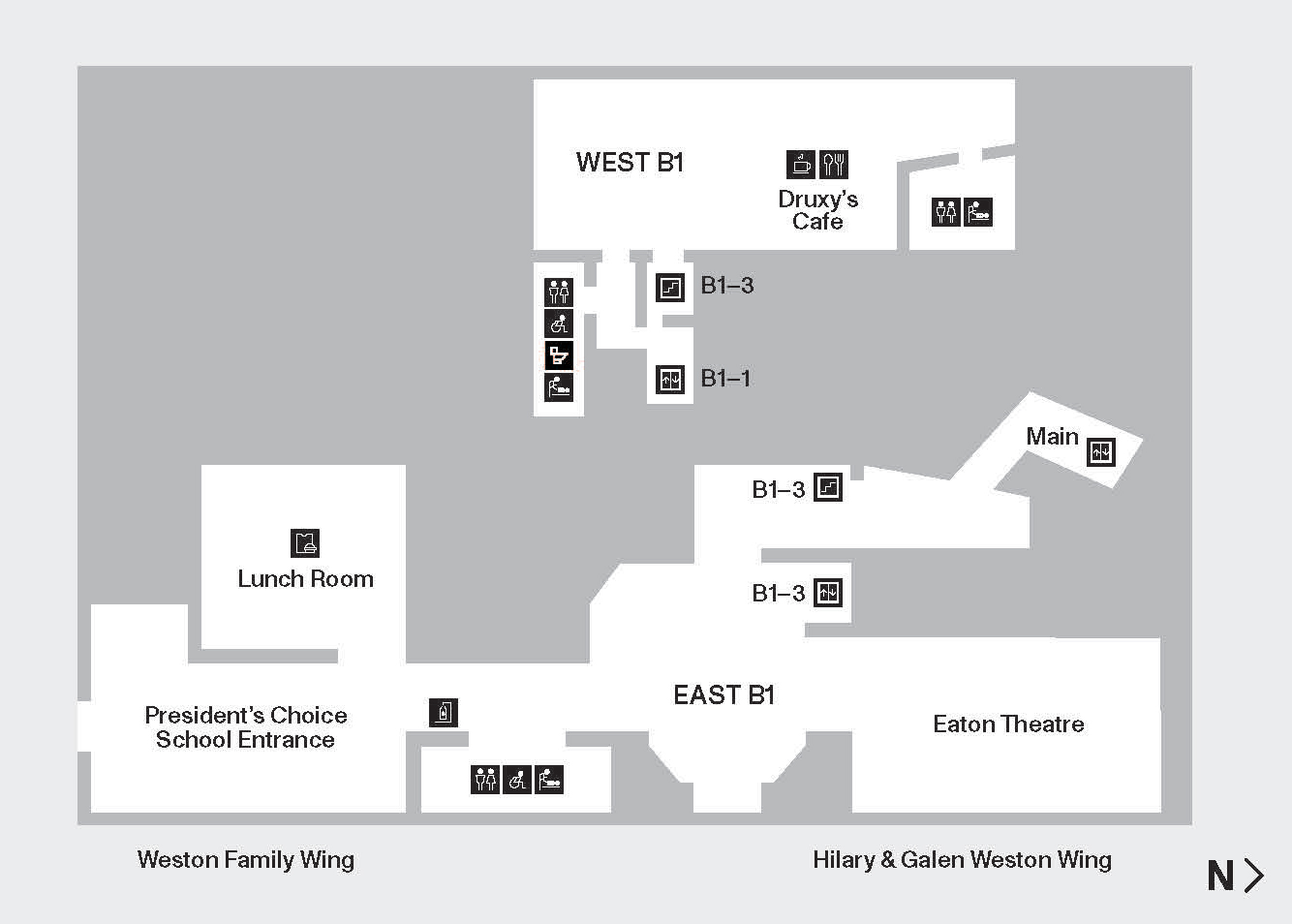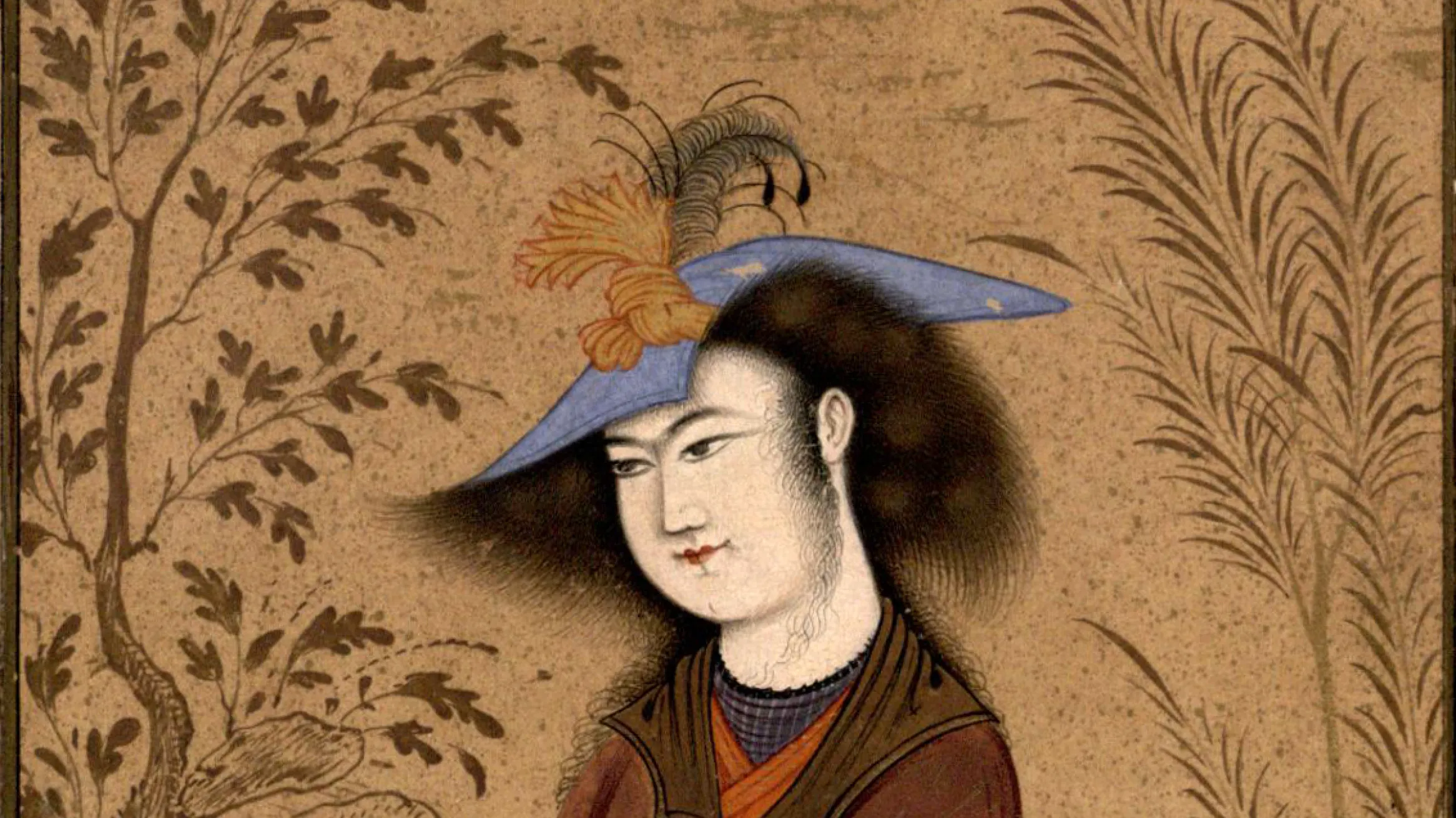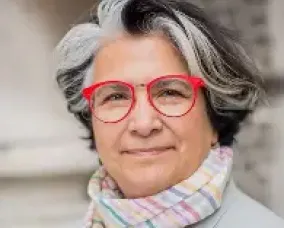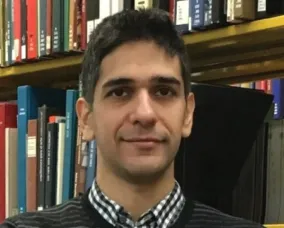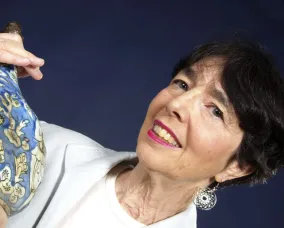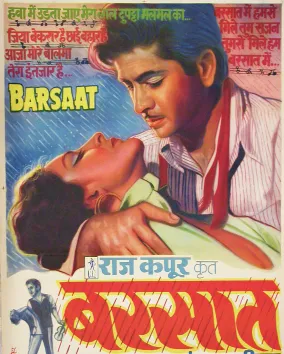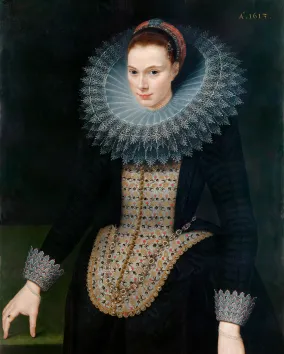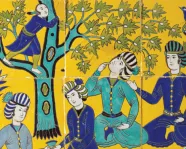Lisa Golombek is Curator Emeritus (Islamic Art) at ROM and Professor Emerita, University of Toronto (retired 2005). Author and co-author of five books and over 70 articles covering a wide range of topics in the field of Islamic arts, including architecture (The Timurid Architecture of Iran and Turan with D. Wilber, 1988), ceramics, epigraphy, textiles, and Persian gardens, her main focus has been on the cultures of greater Iran, including Afghanistan and Central Asia. Her period of specialty was the fifteenth century, but since taking on the study of Safavid pottery, her interests have shifted to the pre-modern period in Iran (c. 1600–1900). The Isfahan Urban History Project, carried out in 1974–76, traced the historical growth of the city and laid the foundations for her later research on Safavid palaces. The hunt for tiles across the globe has led to investigation into the dispersal of the Iranian cultural heritage by dealers catering to demand from European markets in the late nineteenth century. This material will form a chapter in the forthcoming book authored by Golombek and Robert B. Mason, Princes, Dervishes and Dragons: The Tile Arcade from Safavid Isfahan (c. 1685–95) (Edinburgh University Press, 2025).
